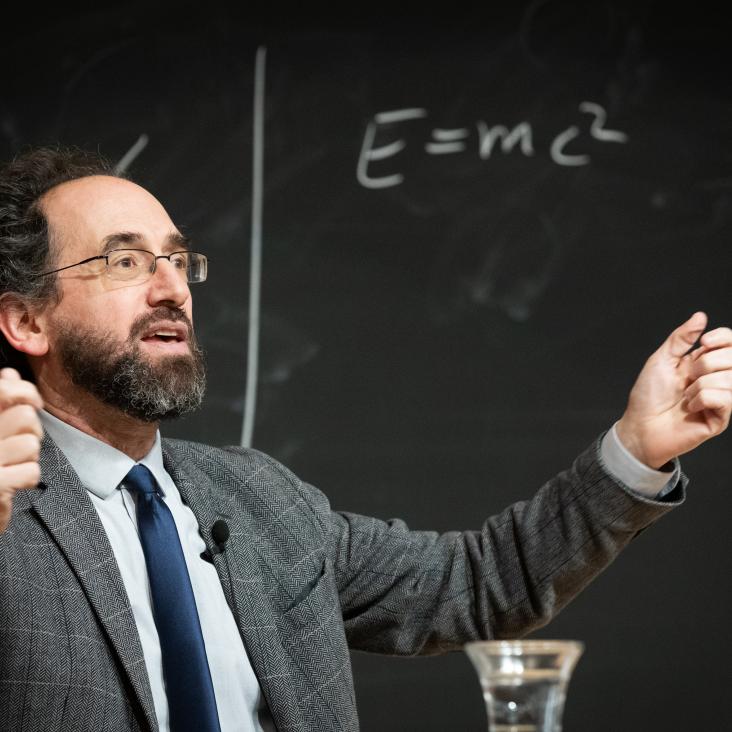Paired composite fermion phase of quantum Hall bilayers at \nu = 1/2 + 1/2
(2008)
Theory of Activated Transport in Bilayer Quantum Hall Systems
(2008)
Effect of Landau level mixing on braiding statistics.
Phys Rev Lett 100:11 (2008) 116803
Abstract:
We examine the effect of Landau level mixing on the braiding statistics of quasiparticles of Abelian and non-Abelian quantum Hall states. While path dependent geometric phases can perturb the Abelian part of the statistics, we find that the non-Abelian properties remain unchanged to an accuracy that is exponentially small in the distance between quasiparticles.Paired composite-fermion wave functions
Physical Review B - Condensed Matter and Materials Physics 77:7 (2008)
Abstract:
We construct a family of BCS paired composite-fermion wave functions that generalize but remain in the same topological phase as the Moore-Read Pfaffian state for the half-filled Landau level. It is shown that for a wide range of experimentally relevant interelectron interactions, the ground state can be very accurately represented in this form. © 2008 The American Physical Society.Publisher's Note: Paired composite-fermion wave functions [Phys. Rev. B 77, 075319 (2008)]
Physical Review B American Physical Society (APS) 77:7 (2008) 079905


